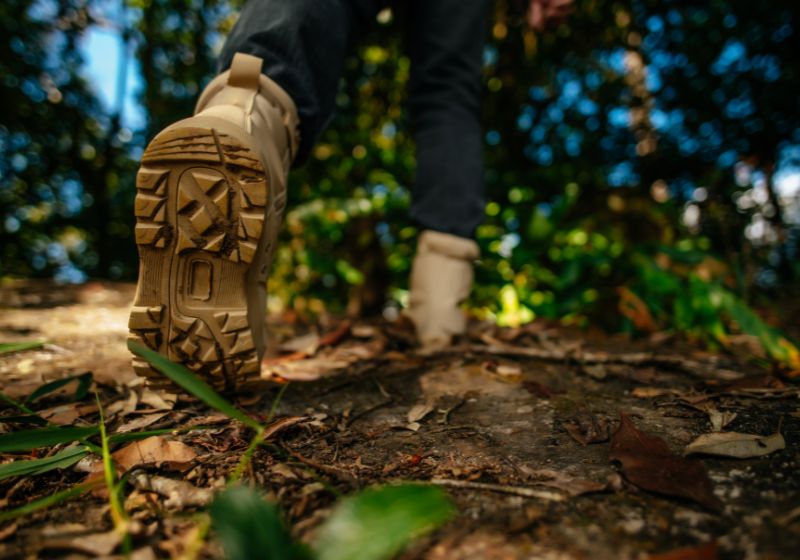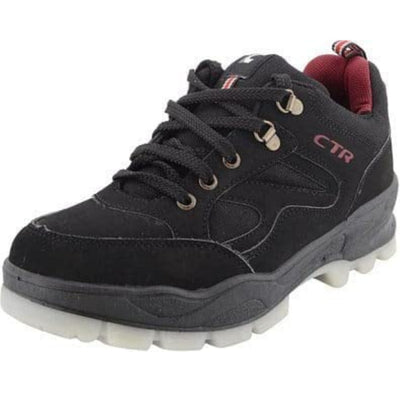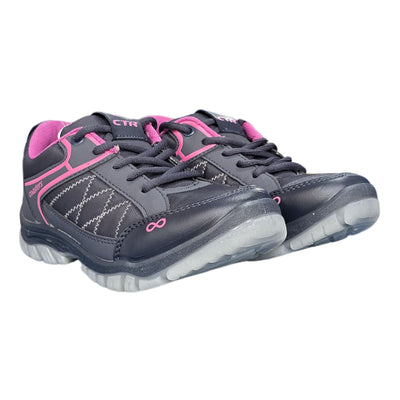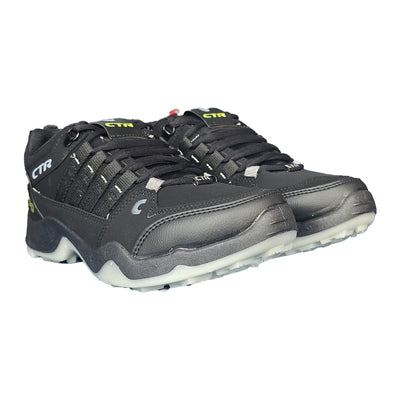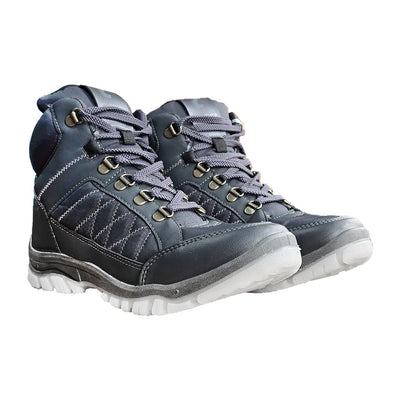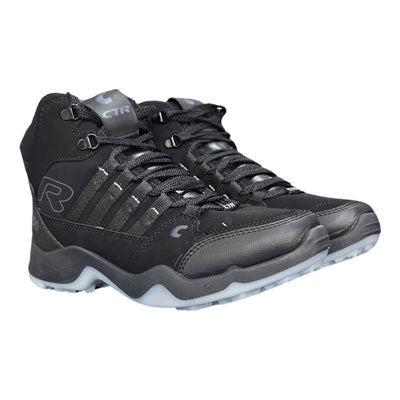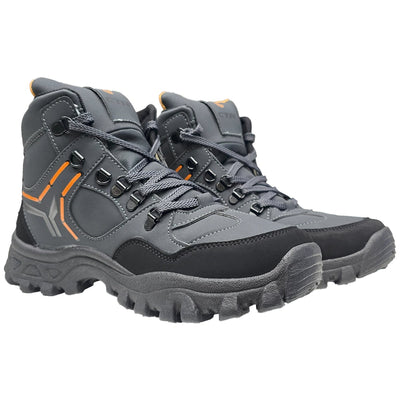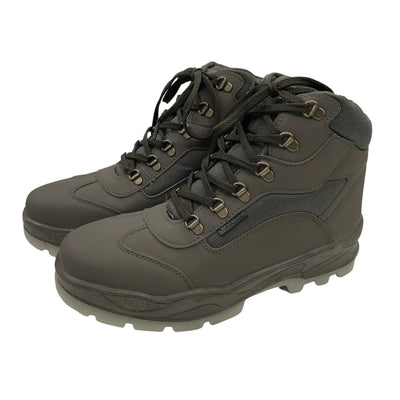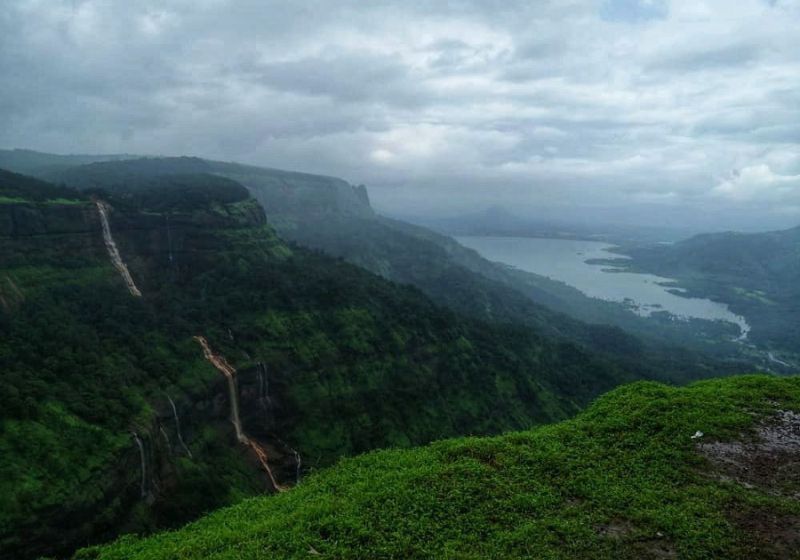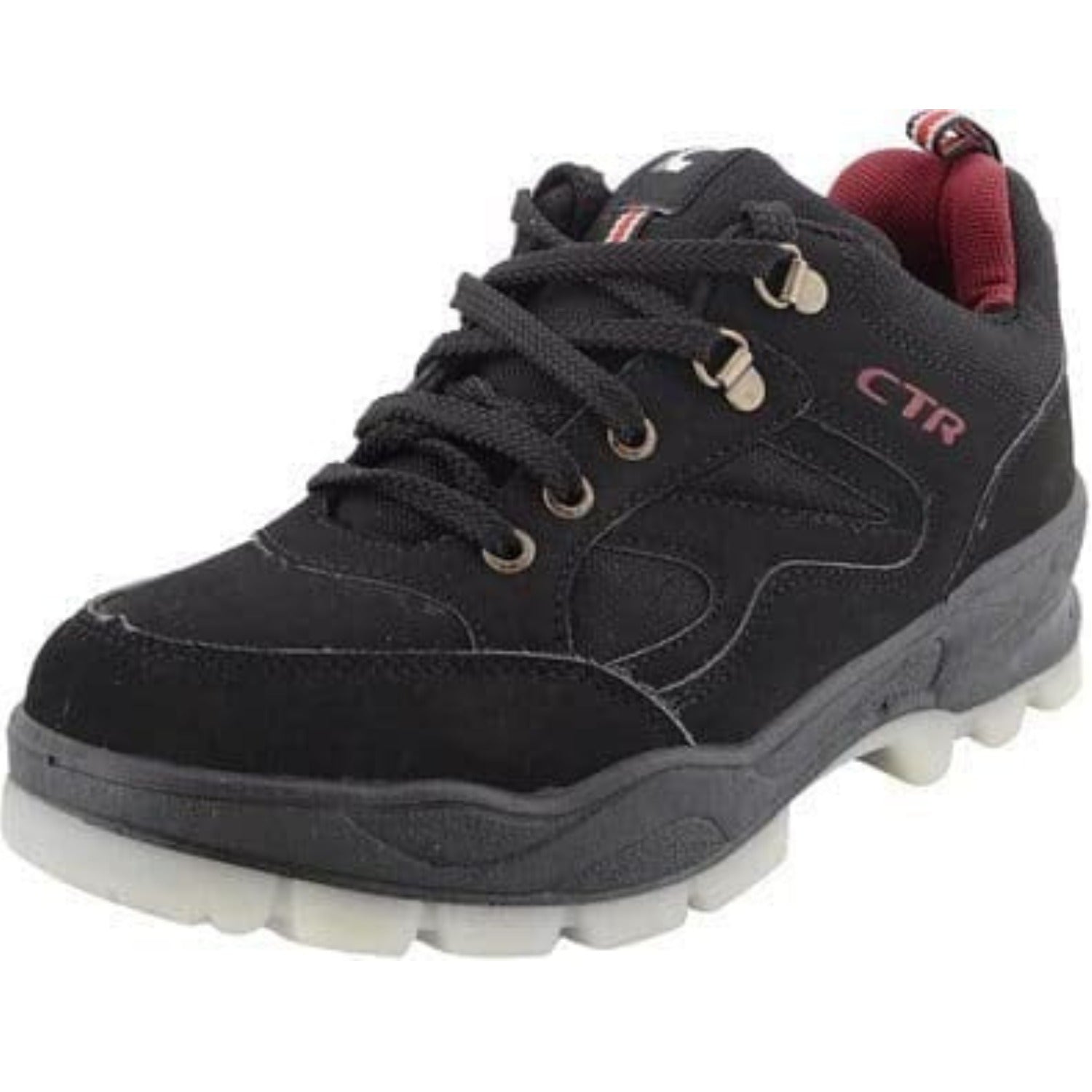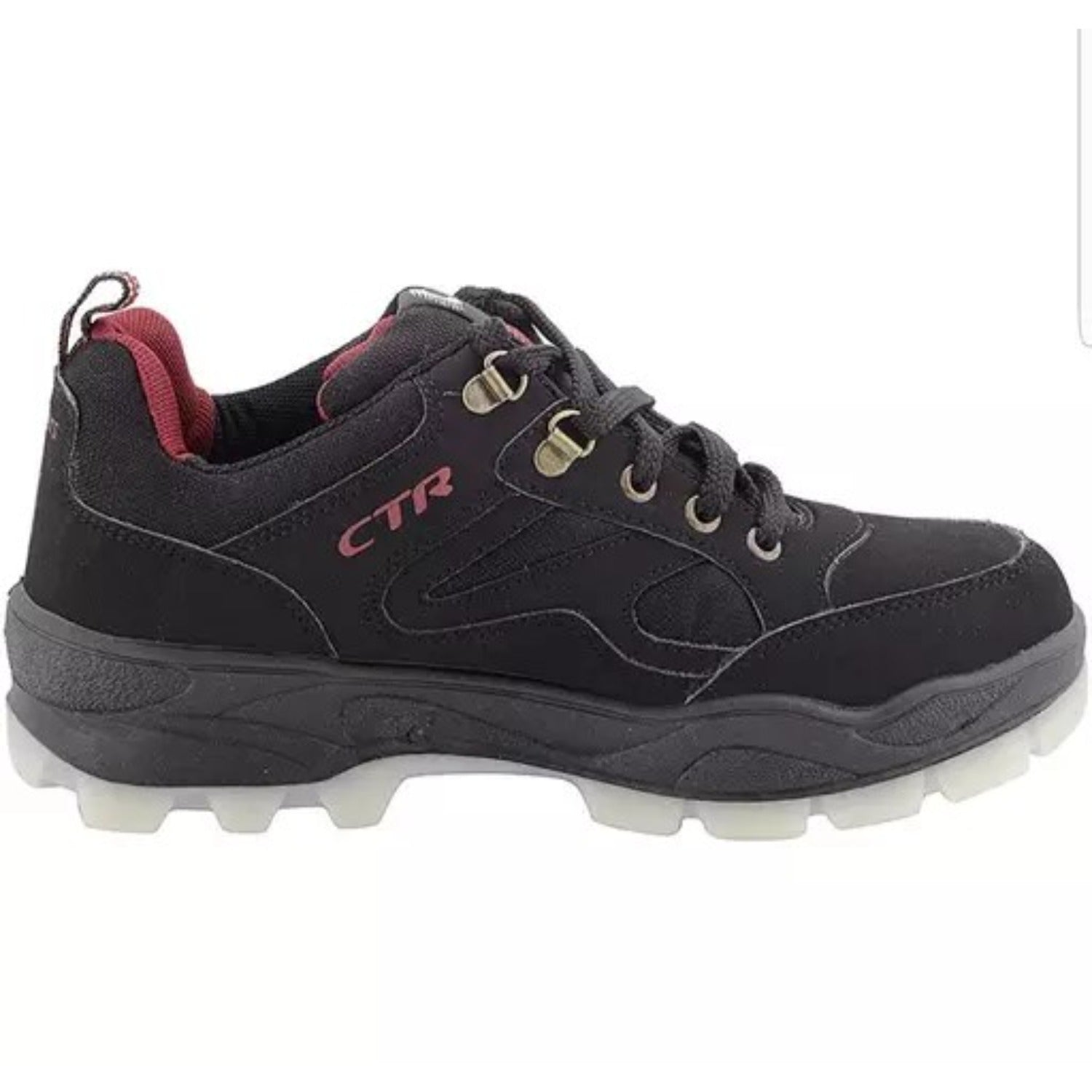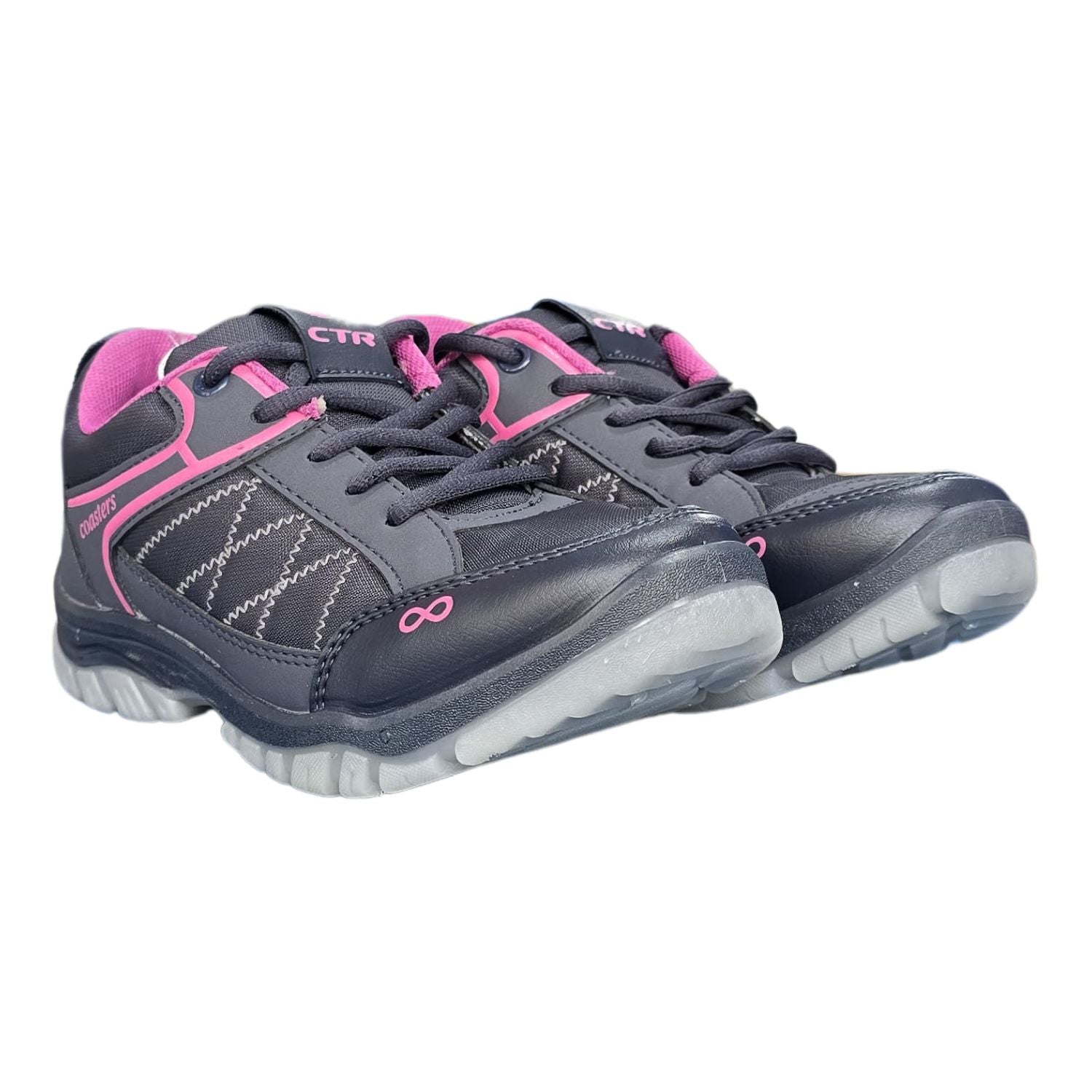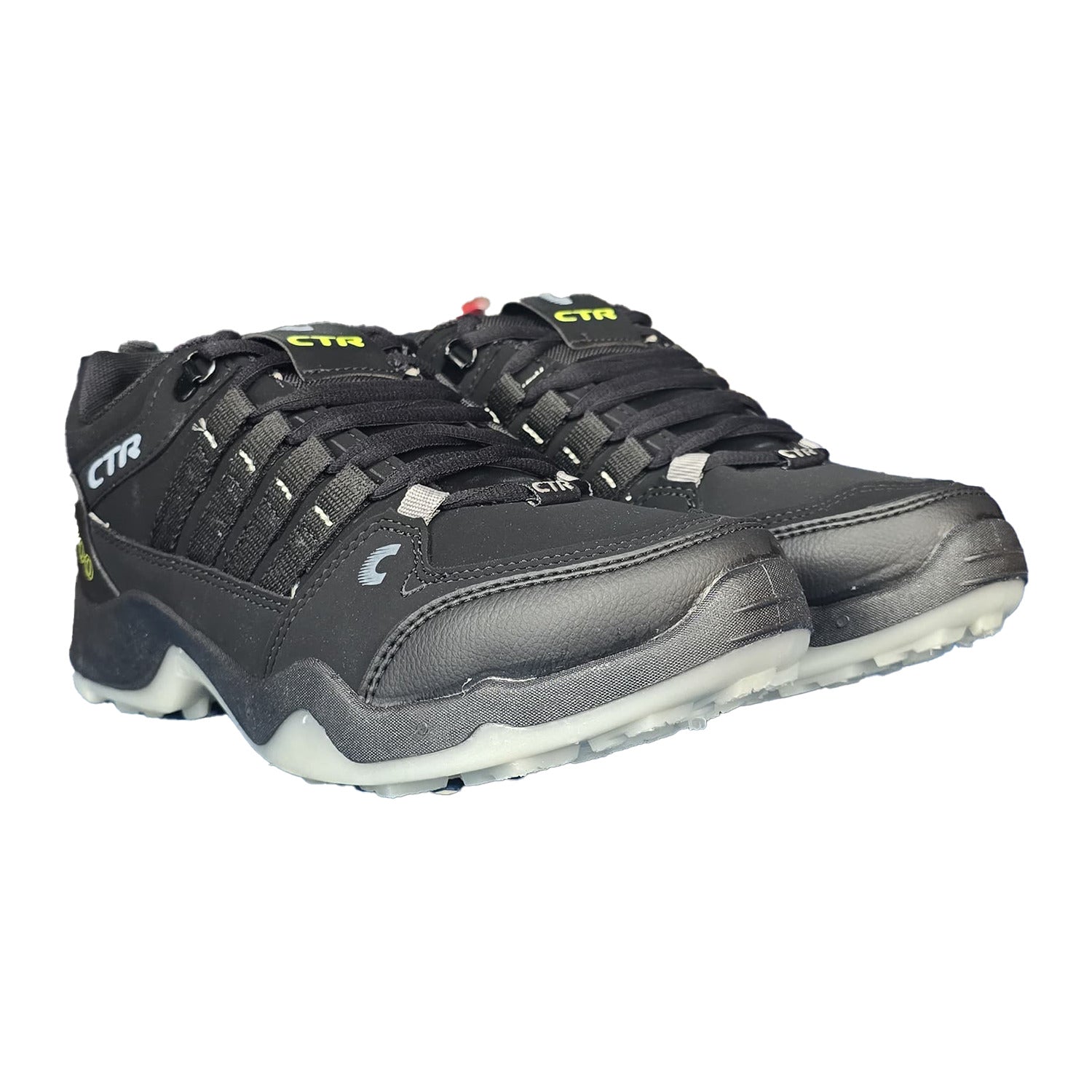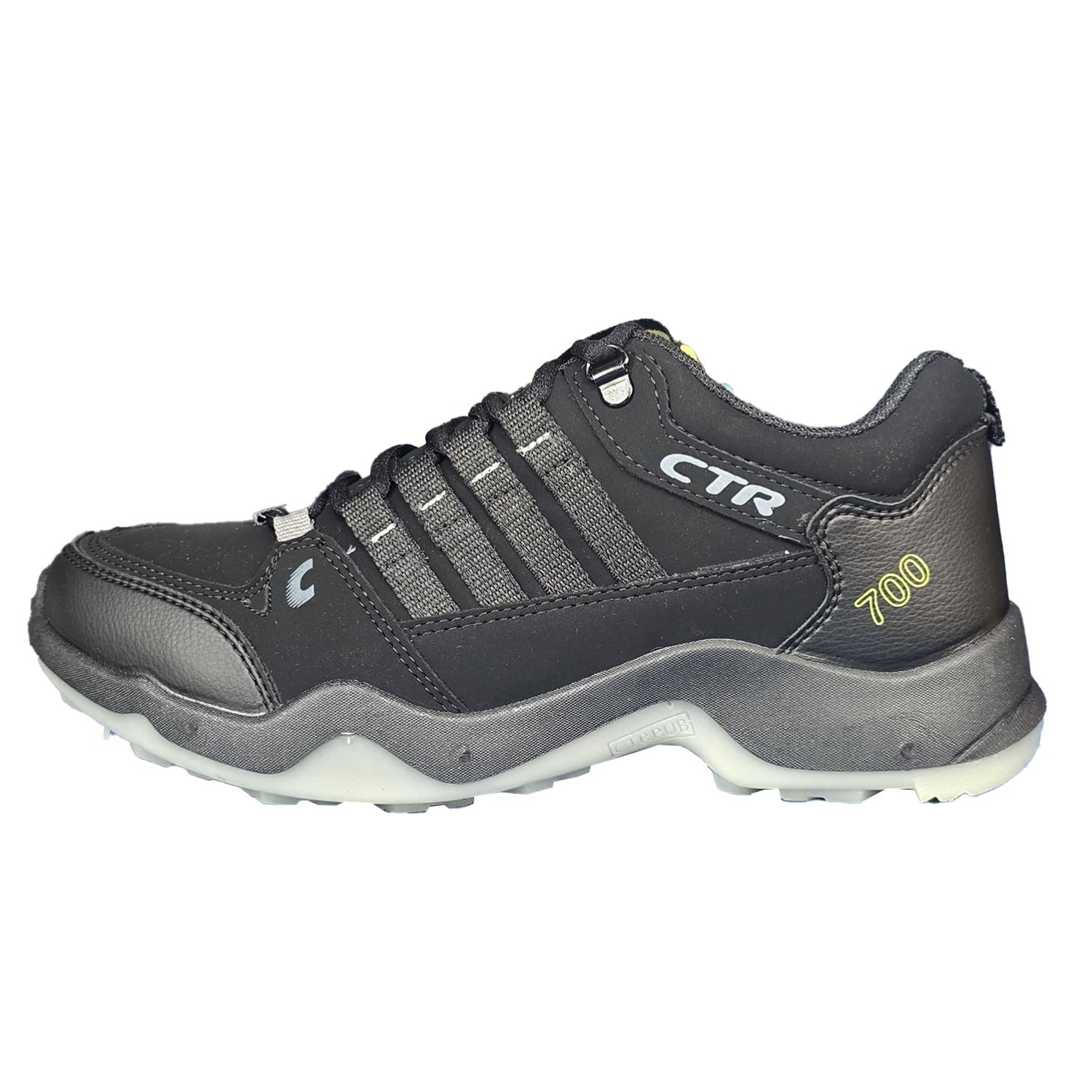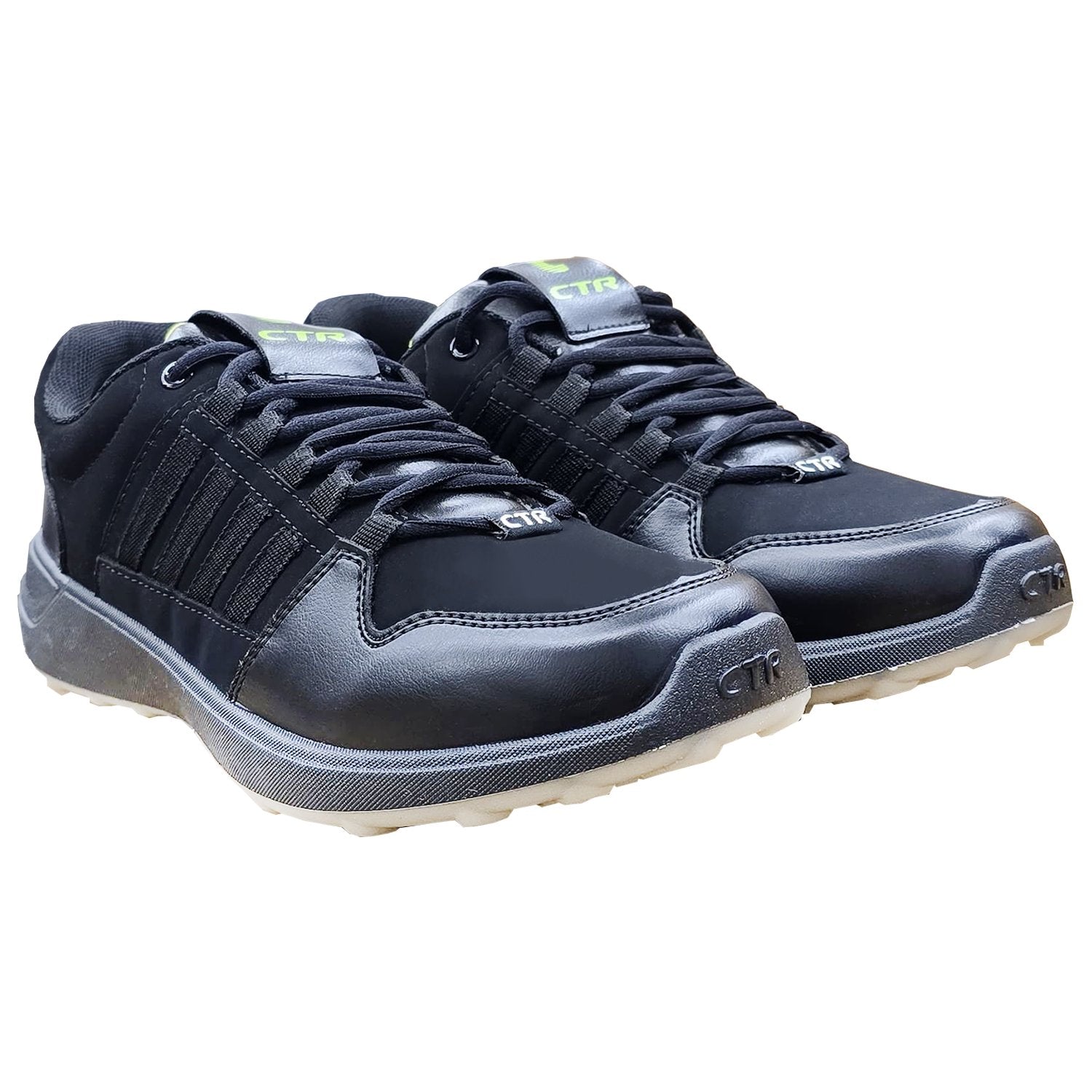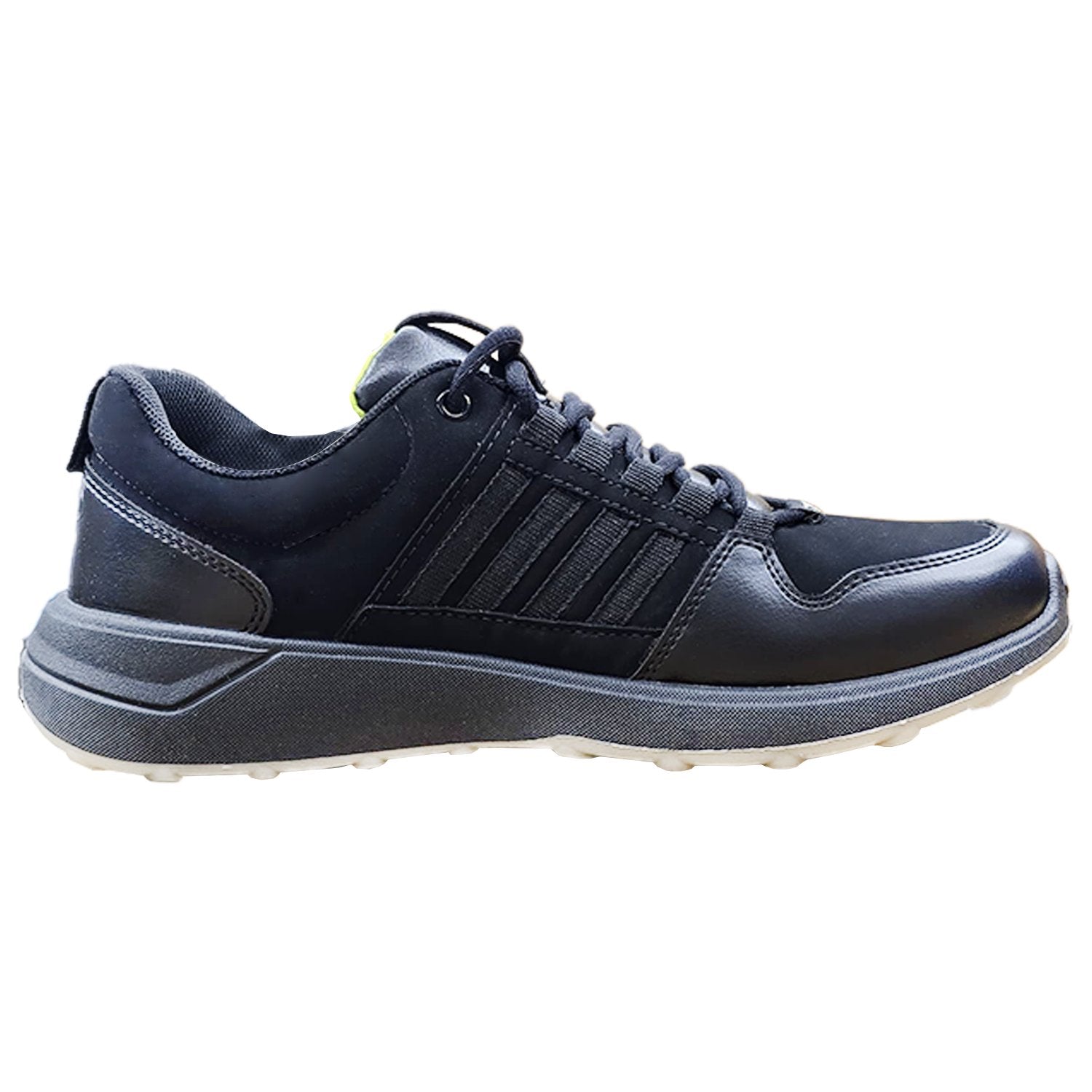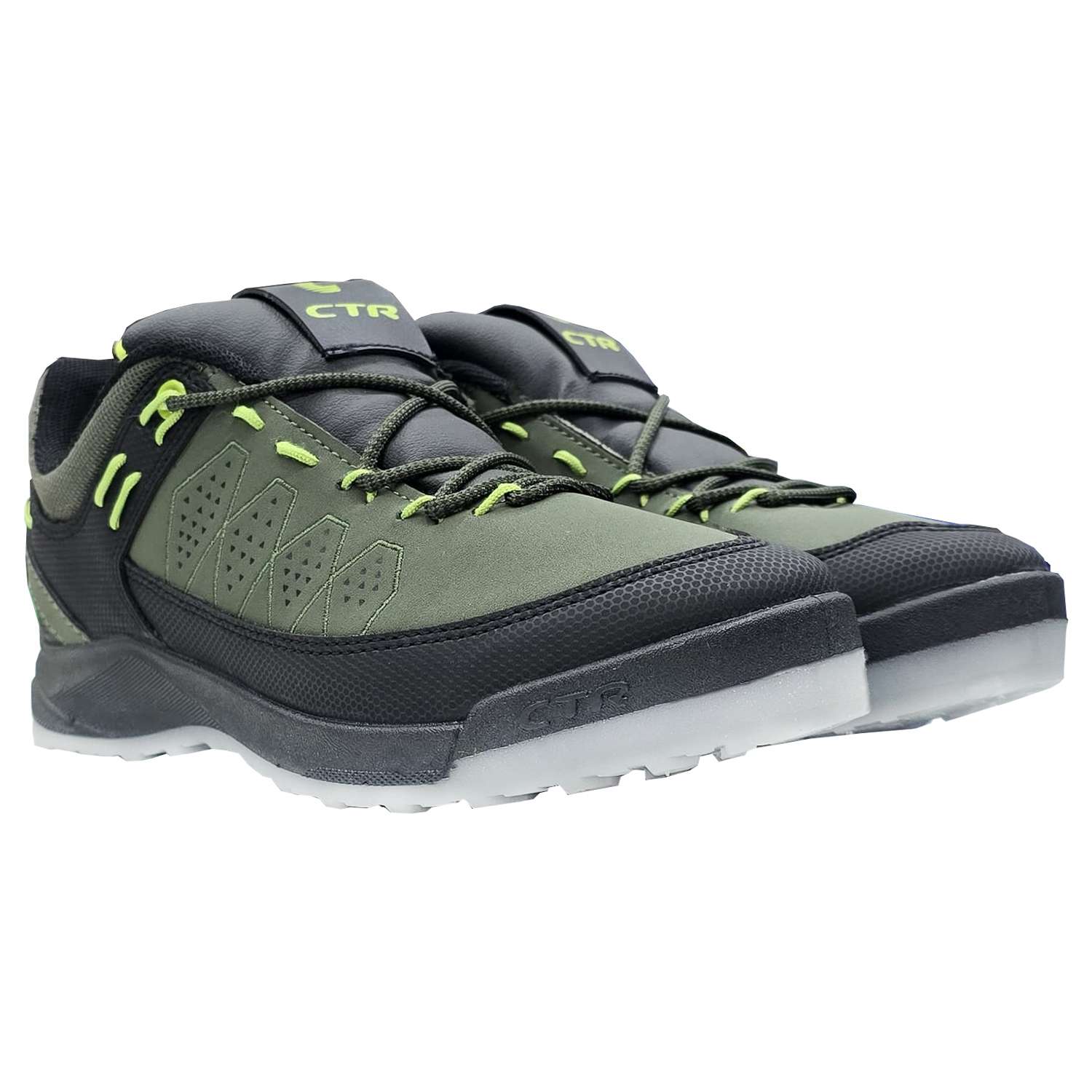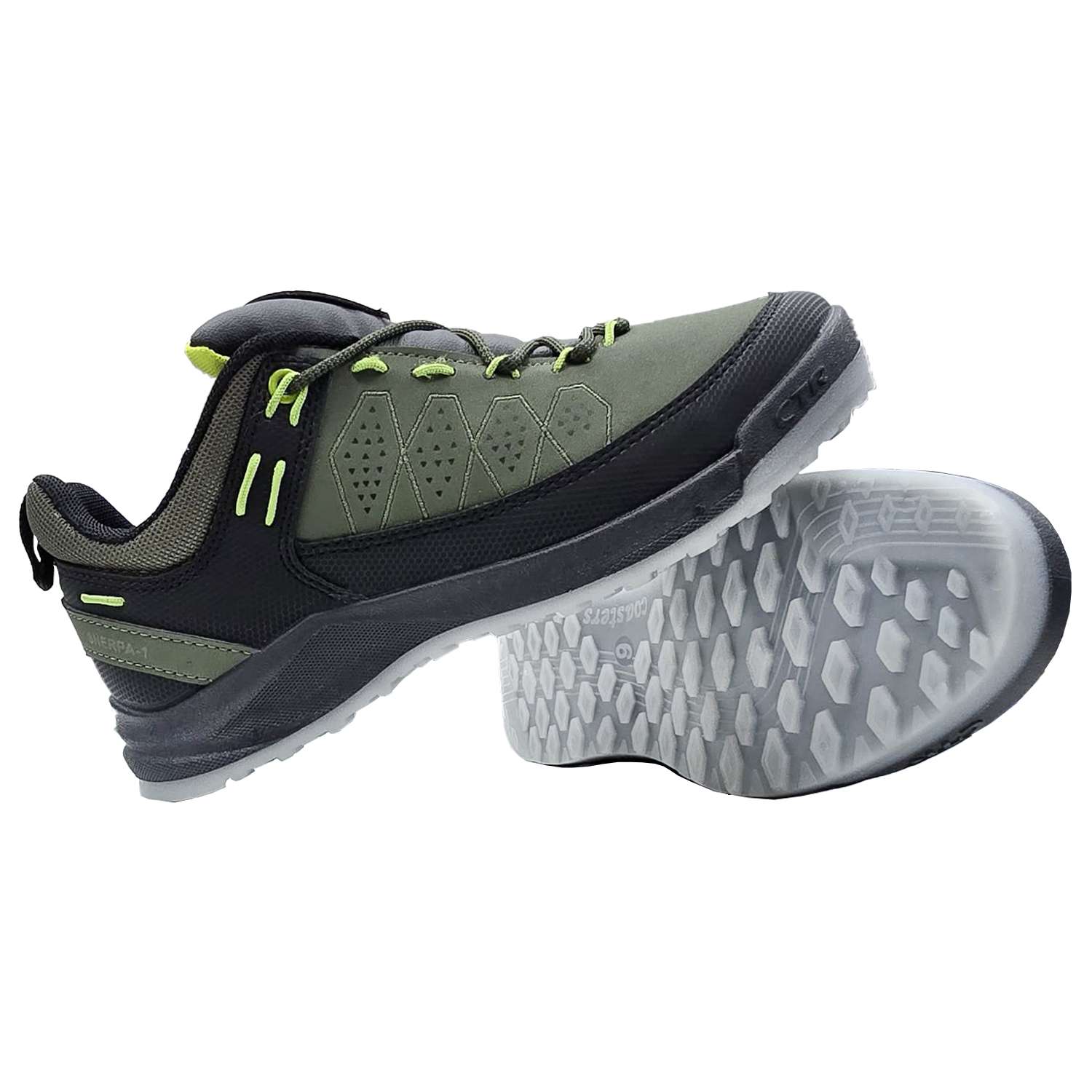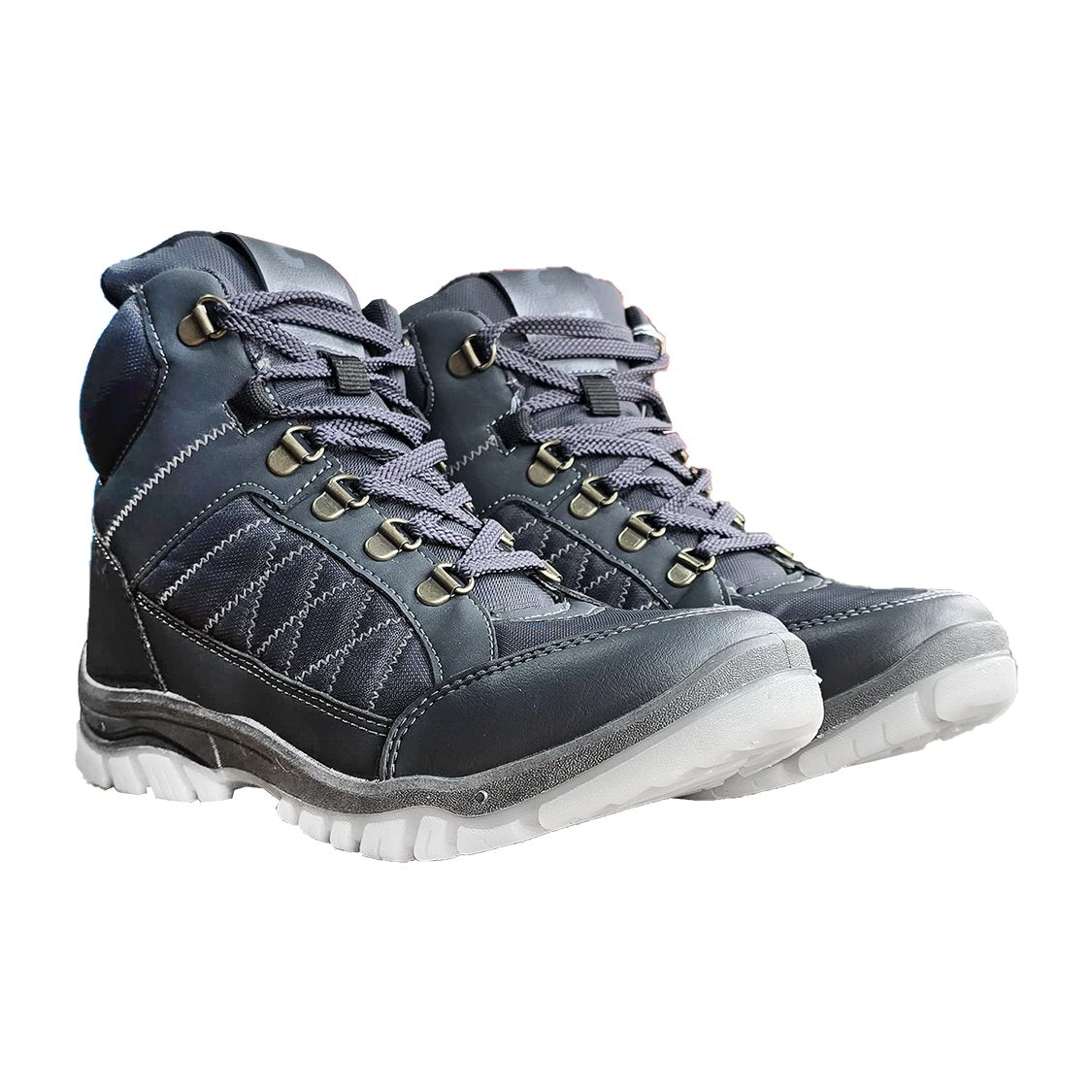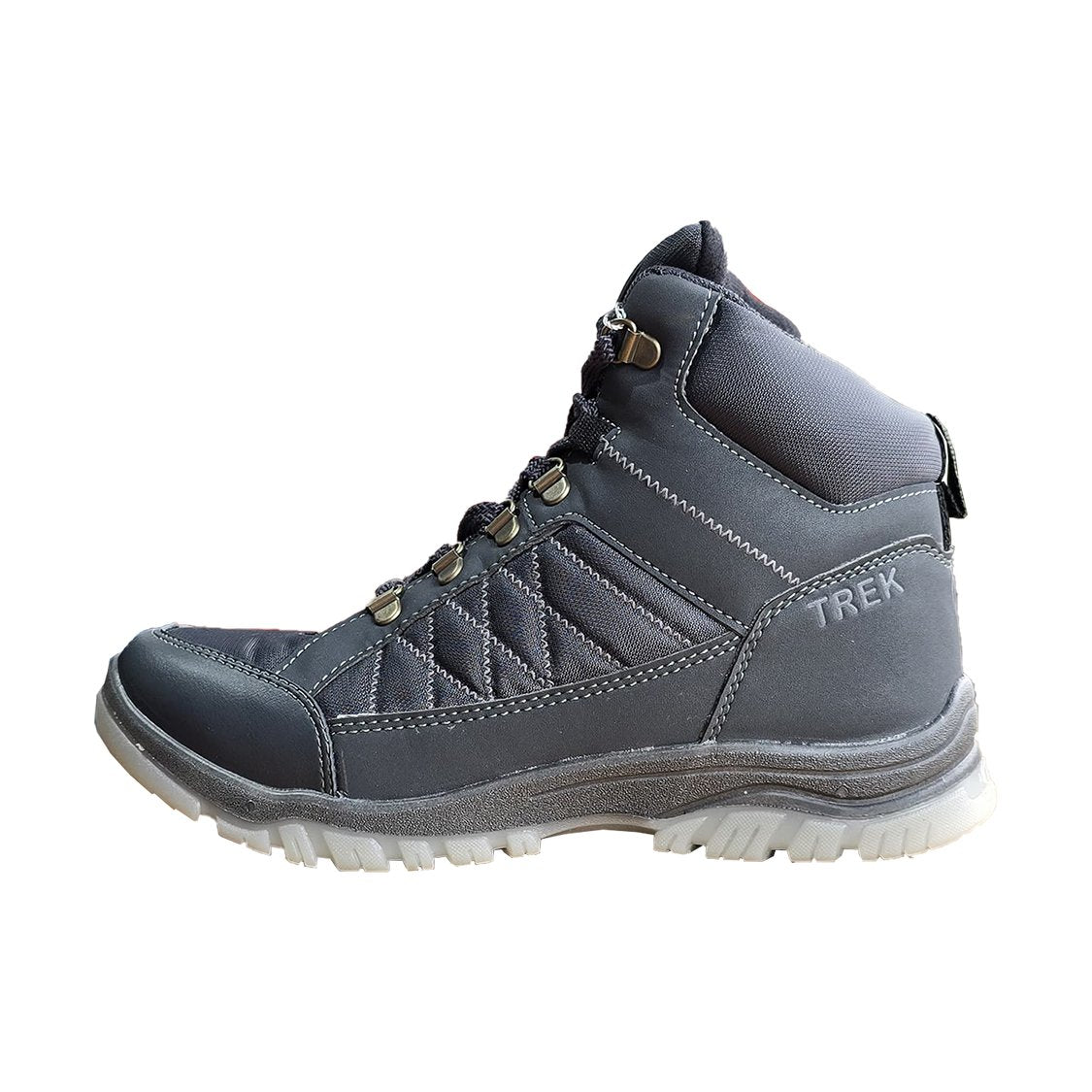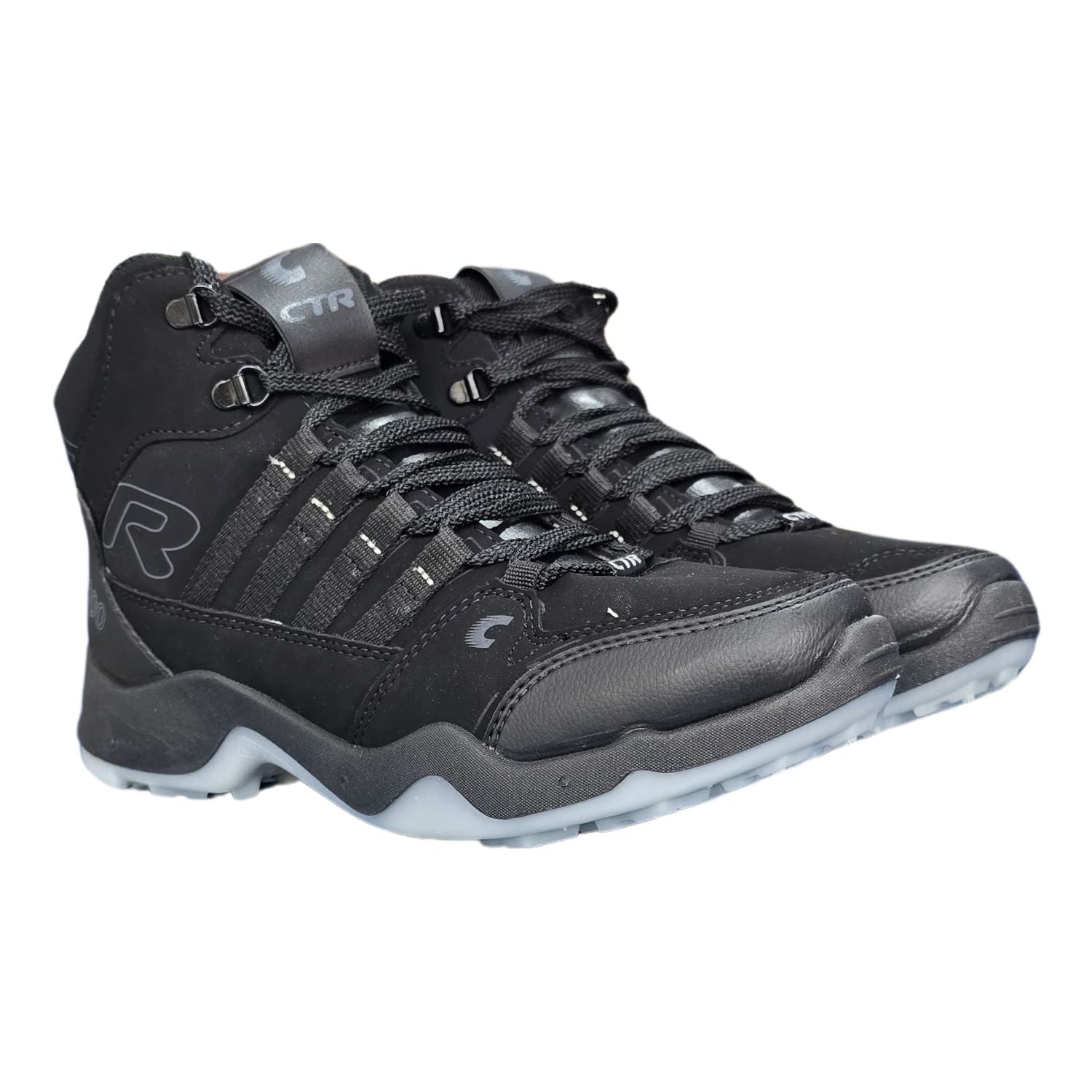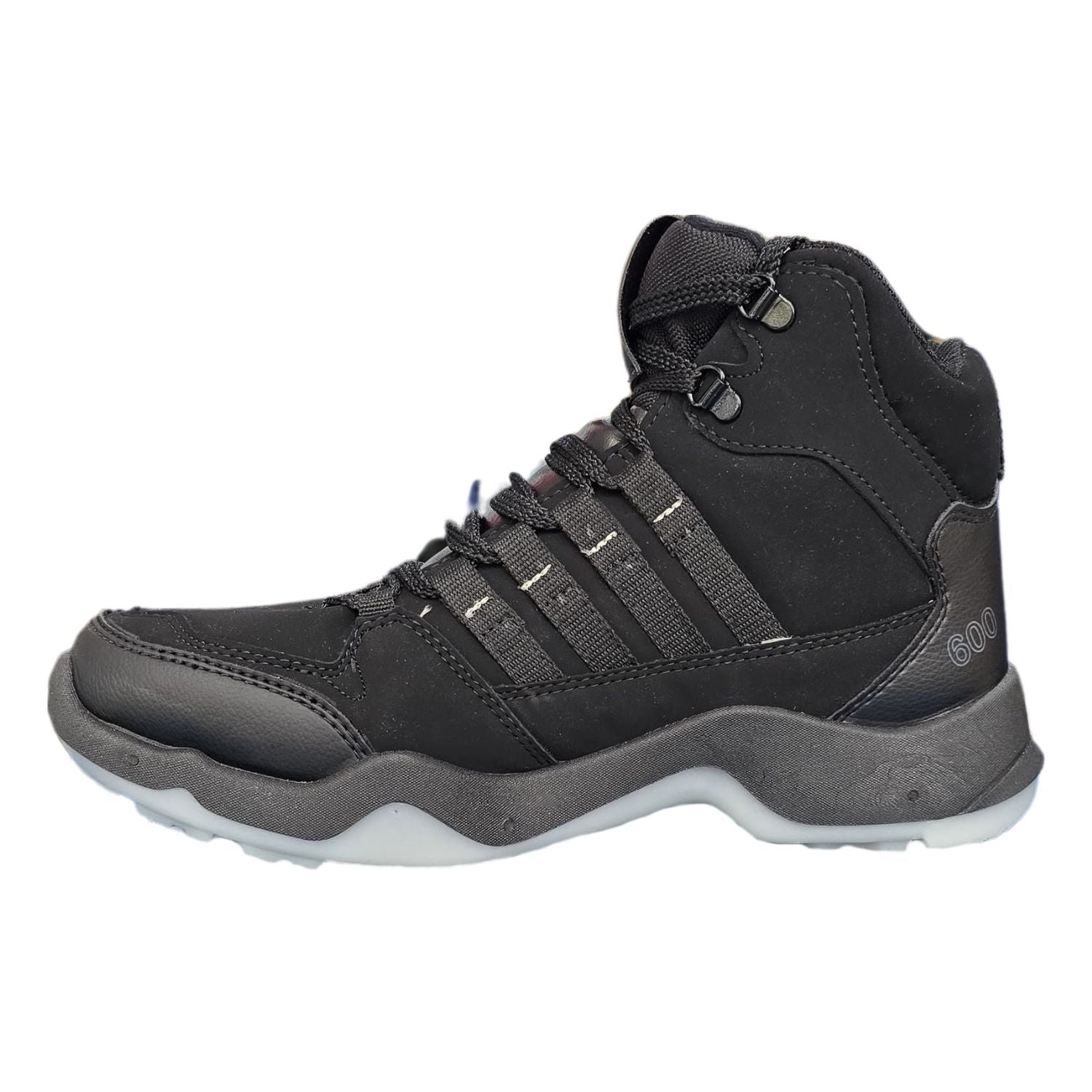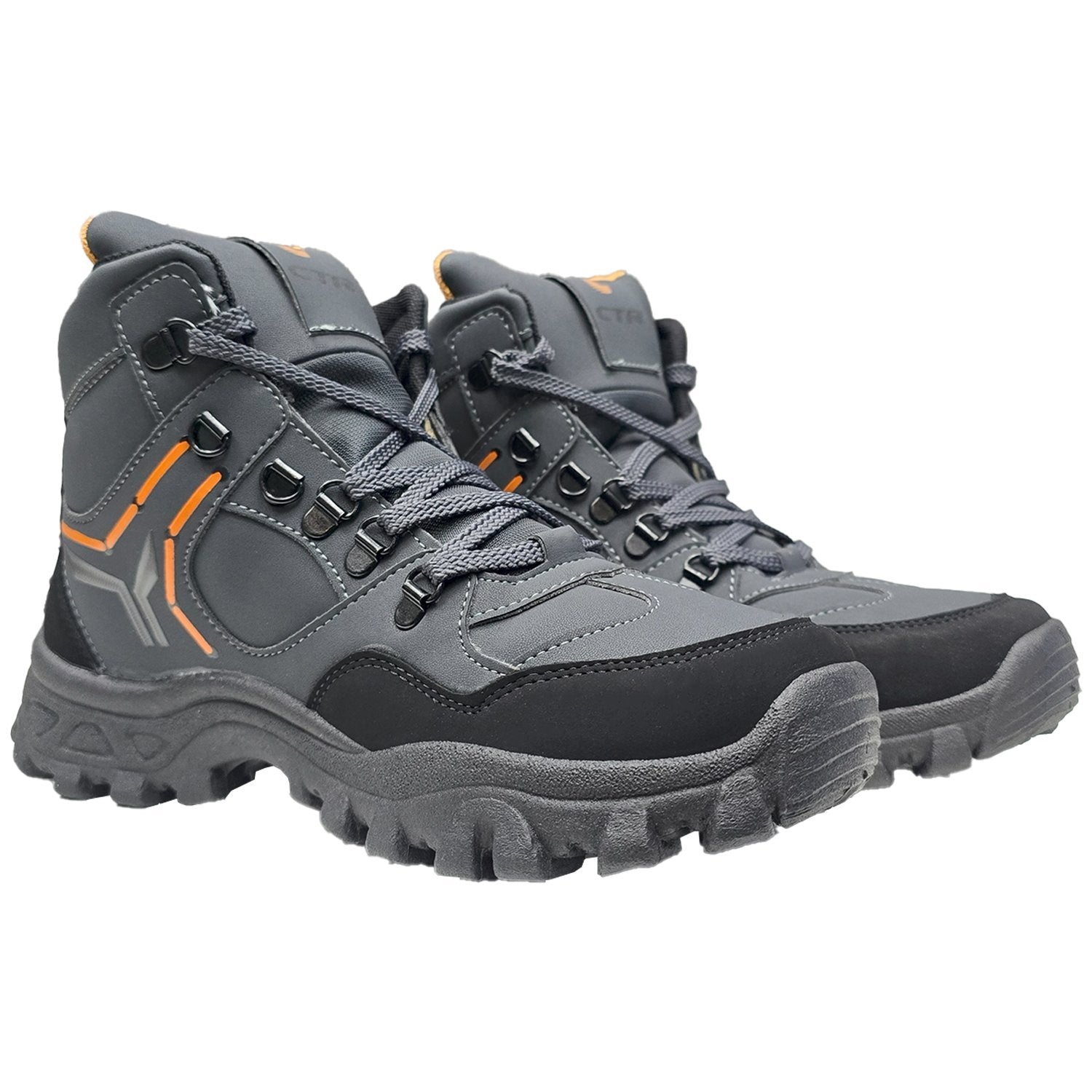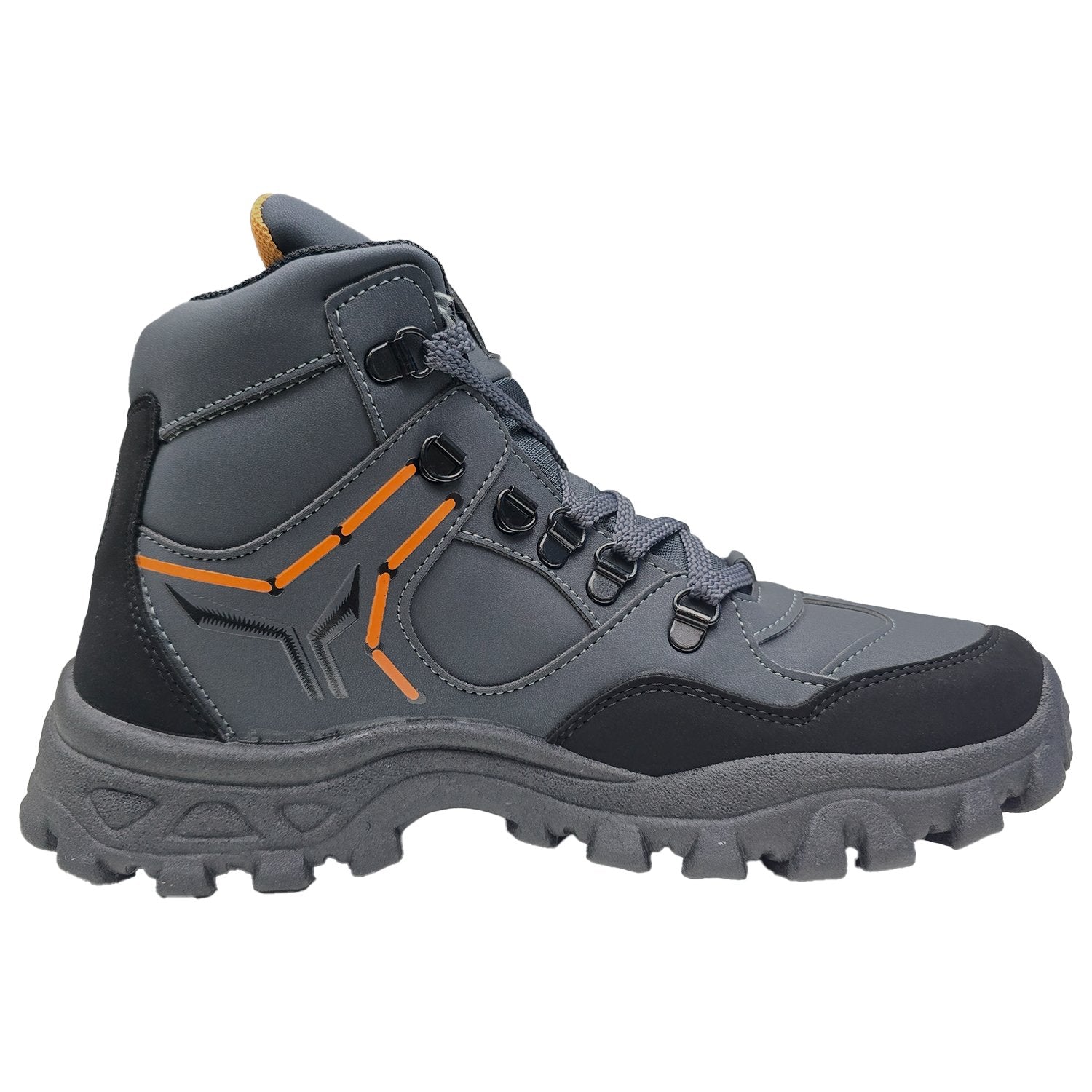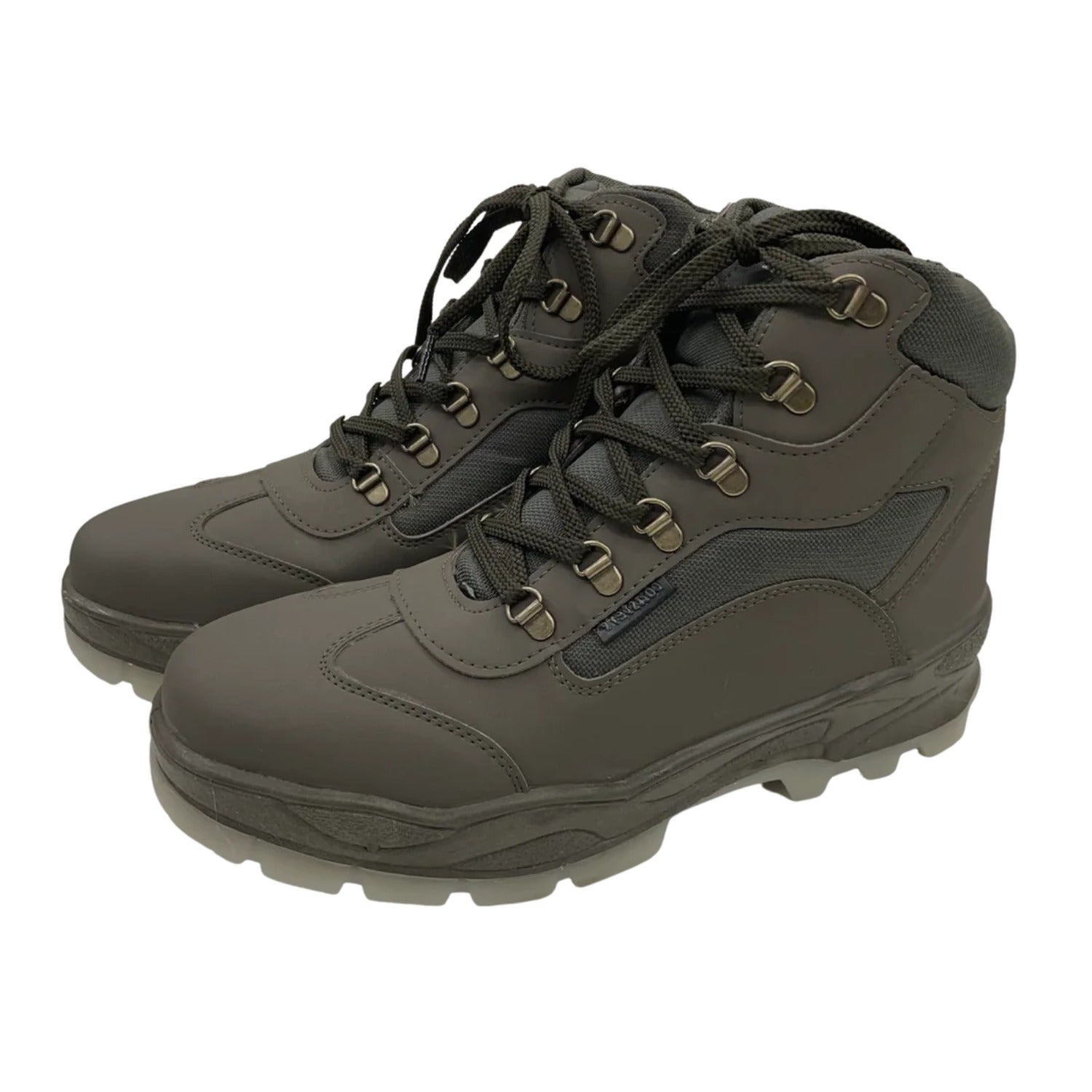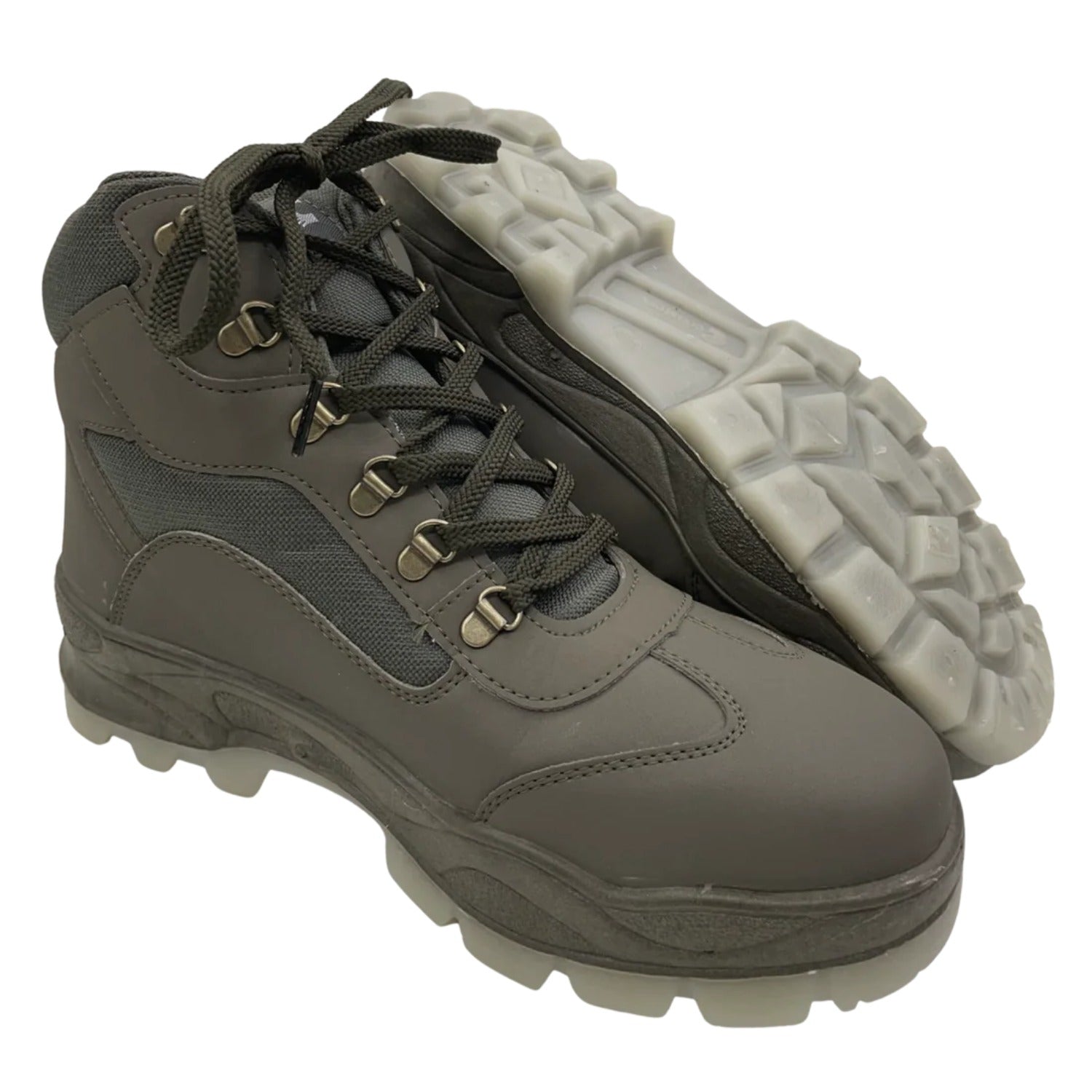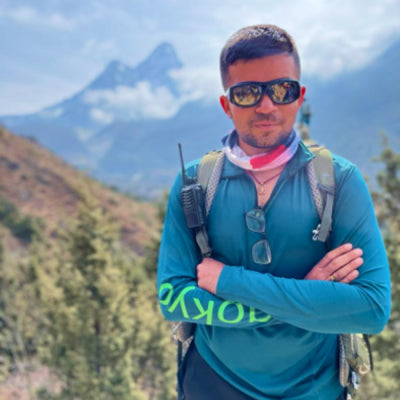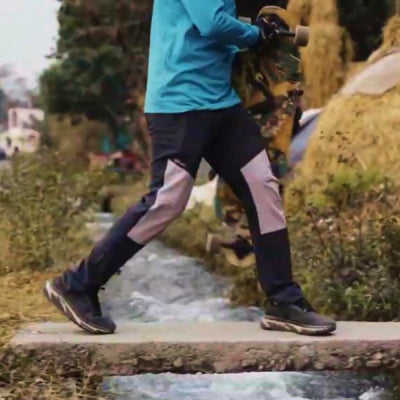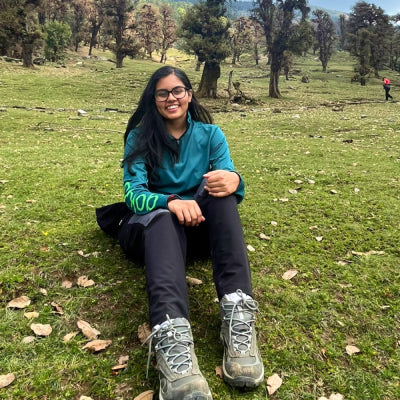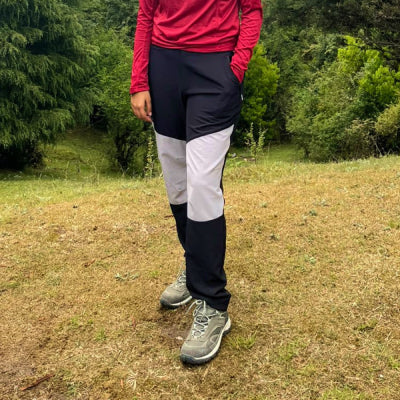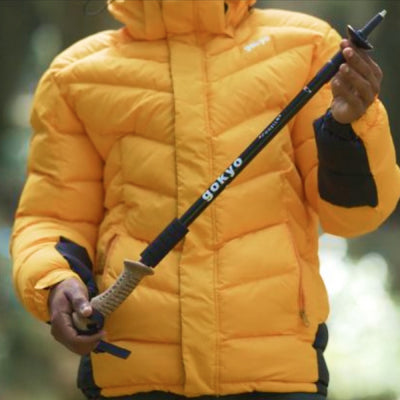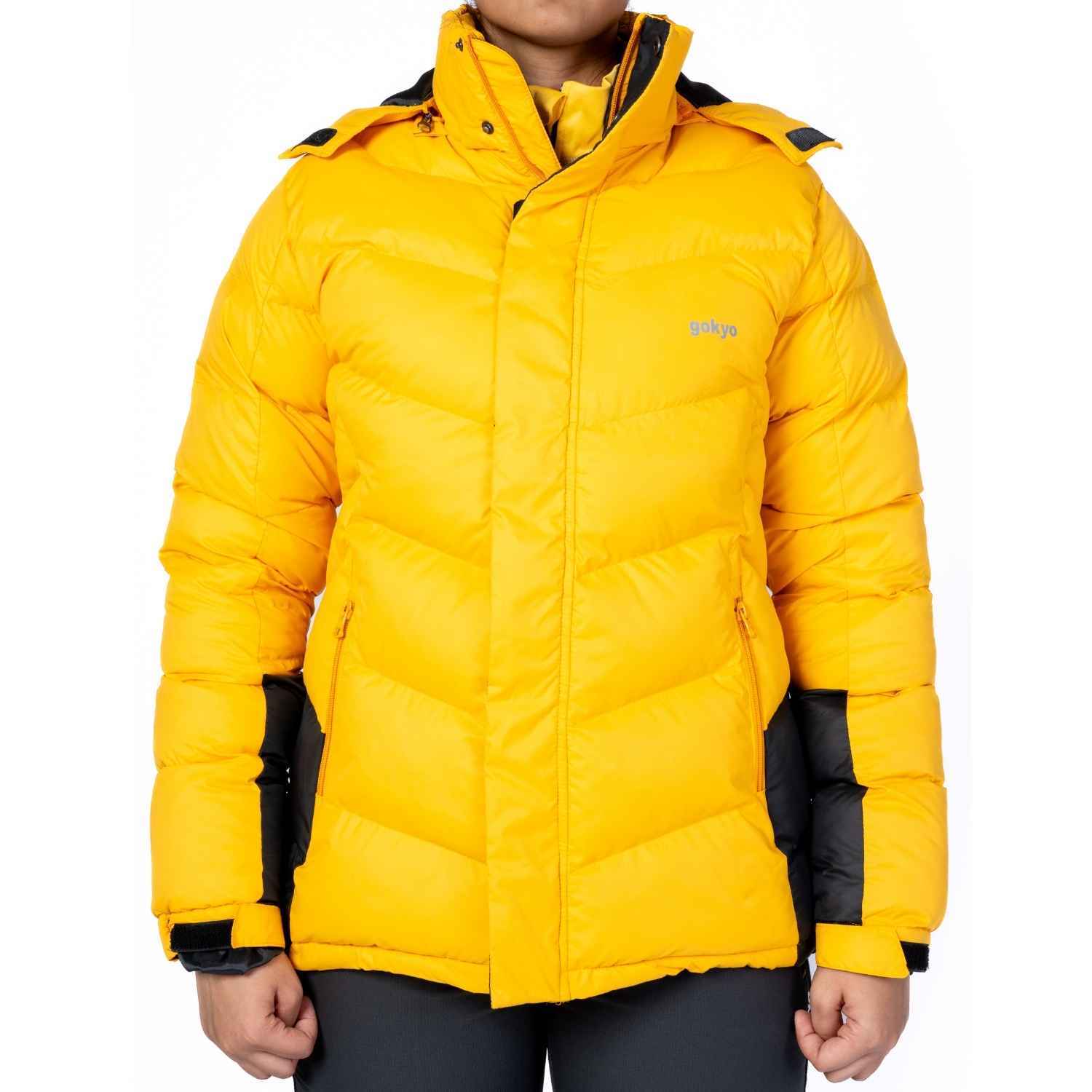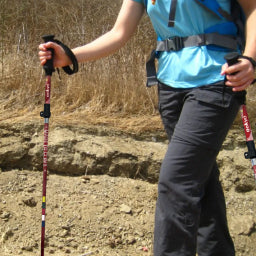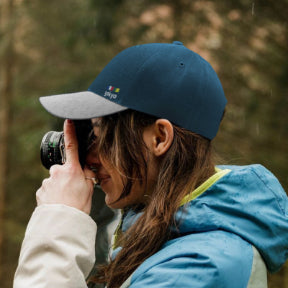Are These Trekking Shoes Appropriate for the Ground?
An Ultimate Guide to Selecting the Best Hiking Boots
Wearing the right trekking shoes can make or break your outdoor adventure. Whether it’s a muddy forest trail or a steep rocky climb, your shoes for trekking shoes must match the terrain. The wrong pair leads to discomfort, blisters, or injury. A little knowledge goes a long way in choosing the best hiking shoes for a safe, enjoyable journey.
Learning Types of Trekking and Hiking Shoes
Different treks require different hiking footwear. For simple, short treks, pick trail running shoes, lightweight and flexible. For heavy backpacking and rugged trails, utilize backpacking boots for extra support and durability. For scrambling and rocky trails, employ approach shoes with traction and comfort.
Both have their own merits. Forest trails for leisure are best suited for light hiking shoes, but tough boots can overcome rugged mountains. You can make better decisions with the knowledge of each application.
Trekking Shoes That Offer Grip, Comfort & Support
Key Features to Note
Your hiking boots must offer:
- Sole grip: Stops slipping on rocks, mud, and snow.
- Ankle support: Required for uneven terrain.
- Stiffness and flexibility: Support and natural movement of the foot.
- Weight: Light shoes for speed, heavy for protection.
- Waterproofing: Prevents feet from getting wet while raining or fording creeks.
Seek ventilated mesh under hot weather or rubber and water-resistant layers under wet or snowy weather.
Busting Common Shoe Myths
Most think light shoes are always best. They're not on bumpy trails—they lack support. High ankle boots aren't needed on every hike either. Low-cut trekking shoes are okay on smooth, flat trails.
Choosing hiking shoes based on how they look or style results in blisters, ankle sprains, or faster wear. Always choose function over style.
Matching Shoes to Ground
The key to the best trekking shoes is knowing your trail:
- Rocky ground: Needs solid soles and ankle support.
- Wet and muddy trails: Deep lugs for traction and waterproofing.
- Snow: Insulated, water-resistant footwear.
- Forests or dry land: Light shoes with air-permeable fabric.
Also, take into account the weather. Rain necessitates waterproofing. Breathing mesh is needed on hot days. Insulation is needed in cold weather. Soil conditions are also important, soft ground requires traction, hard ground requires durability.
Real-Life Lessons
One of the mountaineers put on normal running shoes on a sloping trail and sprained an ankle. Another had proper hiking boots and ascended to the summit without any difficulty. Every day, life teaches us how much the right footwear can help.
Personal Fit Matters
Fit is not about size, it’s about comfort. Know your foot shape: wide or narrow, high arch or flat? Put on your hiking socks when fitting shoes, if possible, at the end of the day when your feet are fullest. Proper fit prevents blisters, sore feet, and aching.
Condition new shoes before long hikes. Take a little walk or move around the house in them to shape them around your foot.
Best Shoes by Situation
- Trail shoes: Great for groomed trails and day hikes.
- Light hiking shoes: Most suitable for day hikes.
- Backpacking boots: Ideal for challenging, steep, multi-day hikes.
Each one is playing a role—don't look for one shoe to fit all.
When to Replace Trekking Shoes
If your soles are worn out, uppers are torn, or the fit is not right, time to buy a new pair. Average hikers replace shoes every 12–18 months. Gradually acclimate new ones to avoid injury.
Care and Extras
Clean the shoes after each hike. Let them air dry, never with direct heat. Use waterproof sprays sparingly. Care regularly extends shoe life. Pair hiking shoes with corresponding accessories:
- Socks: Wool or synthetic socks keep blisters away.
- Insoles: Offer support and comfort if needed.
Conclusion
Your hiking boots are your most valuable gear. The ideal pair enhances comfort, security, and confidence. Before your next hike, evaluate the trail, check the weather, and understand your needs. When correctly paired, your hiking boots help you conquer any trail, step by step.
Frequently Asked Questions (FAQs) :
1. What’s the difference between trekking and hiking shoes?
Trekking shoes are built for tougher, longer journeys, offering more durability and support, while hiking shoes are ideal for short to medium trails with moderate terrain.
2. Can I use running shoes for hiking?
Only on well-maintained, flat trails. Running shoes lack the grip and ankle support needed for rocky or steep terrains.
3. How do I know if my trekking shoes fit properly?
Your toes shouldn’t touch the front, your heel should stay snug, and there should be no pinching. Try them on with thick hiking socks in the evening.
4. Are waterproof trekking shoes worth it?
Yes, if you're hiking in rainy weather or wet terrain. But they can get stuffy in hot weather, so choose breathable ones for dry, warm climates.
5. How long do hiking shoes last?
Typically, 500–1,000 km or 12–18 months for regular hikers. It depends on usage and terrain. Signs of damage or discomfort mean it's time to replace them.
6. What’s the best way to break in new trekking shoes?
Start by wearing them indoors or on short walks. Gradually increase duration and terrain to allow the shoes to mold to your feet.

